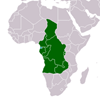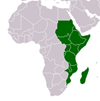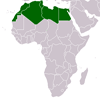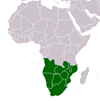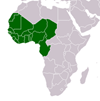How the past is produced: The vernacular past of a Moroccan Berber people
How the past is produced: The vernacular past of a Moroccan Berber people
In this paper we seek to set out in broad terms the main contours of the vernacular past of the Idaw Tanan of the western High Atlas Mountains of Morocco. By vernacular past we mean the oral, broadly shared, understanding of the past as it is viewed within particular societies, in contrast to written, researched, accounts of past events produced by historians or contained in official histories. Among the Idaw Tanan, the vernacular past constitutes a body of information which is largely co-created and sustained by the old men of local communities. It falls into four more or less discrete domains based on two cross-cutting dimensions: first, relative time-depth (shallow versus deep), and second, whether the subject matter relates to secular or sacred matters. The four domains are analysed in terms of the manner in which they are produced, their contents, texture, language-style, and the way in which the personæ and events depicted within them are situated in time. Two particular events in the 'official' history of Morocco - an 1883 royal expedition along the south Atlantic coast led by Mulay asan I, and the 1912 mass march from Tiznit to Marrakesh led by the insurgent A mad al-Hiba - are also discussed insofar as they are refracted in the Idaw Tanan vernacular past. Finally, there is a brief discussion of how contradictions between the Idaw Tanan vernacular past and other 'pasts' are managed when they become evident.
CITATION: Hatt, Doyle. How the past is produced: The vernacular past of a Moroccan Berber people . Oxon : Taylor & Francis Group , 2022. Journal of North African Studies, Vol. 27, No. 3, 2022, pp. 463-504 - Available at: https://library.au.int/frhow-past-produced-vernacular-past-moroccan-berber-people

